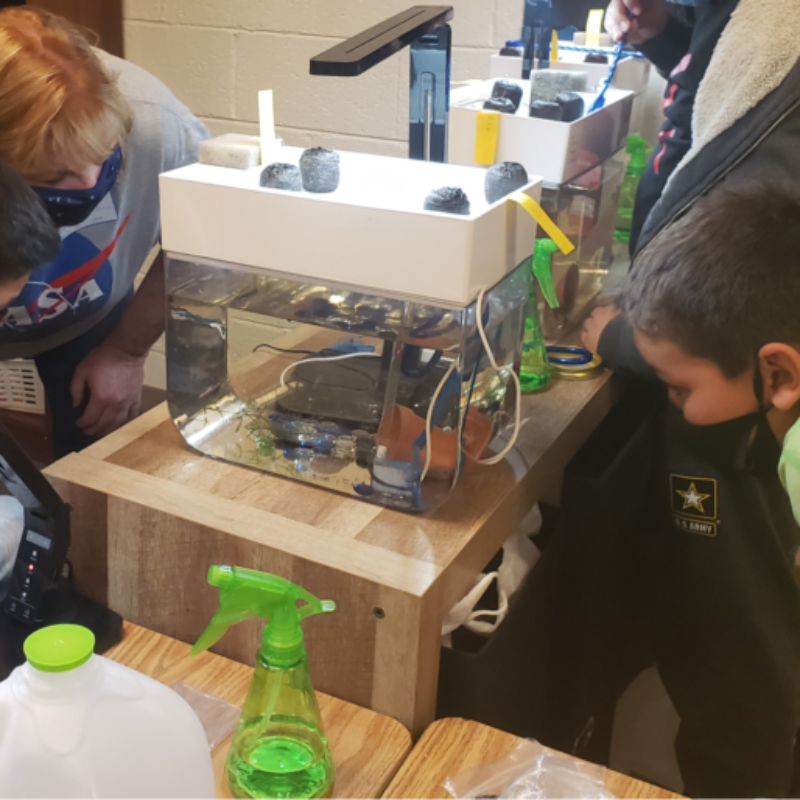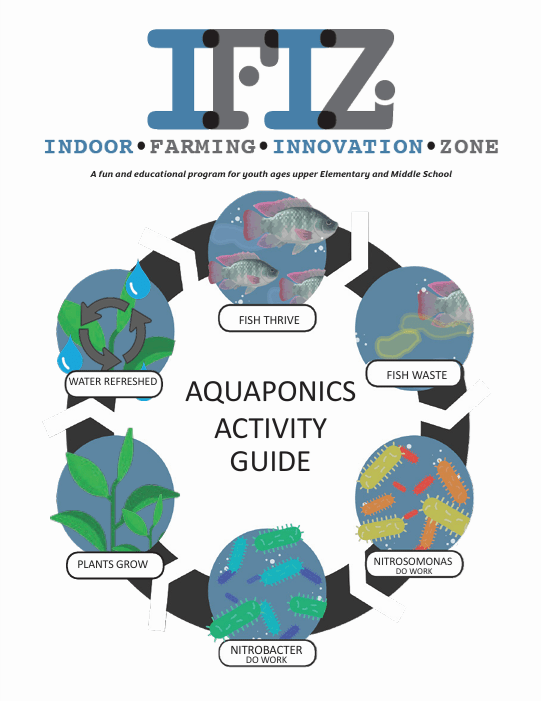“The power of nature to heal is greater than anyone has permitted you to believe.”
– Dr. Bruce Lipton
Table of contents
Introduction
In an age where sustainability meets wellness, combining DIY Apothecary practices with aquaponics for herbalists has become a revolutionary trend. This innovative blend not only ensures a steady supply of fresh herbs but also aligns with eco-conscious living.
Whether you are a seasoned herbalist or just beginning your apothecary journey, integrating aquaponics into your process can elevate your craft and provide unmatched benefits.

What is a DIY Apothecary?
A DIY Apothecary refers to the practice of crafting herbal remedies, tinctures, balms, and teas at home.
Rooted in traditional medicine, it emphasizes the use of natural, plant-based ingredients to address common ailments and enhance well-being.
The rise of DIY apothecaries has empowered individuals to take control of their health while nurturing a deep connection to nature.
Why DIY Apothecaries Are Gaining Popularity
- Sustainability: Growing your own herbs reduces reliance on commercial products that often contain synthetic additives.
- Personalization: You can tailor remedies to your unique needs, ensuring the highest quality and potency.
- Cost-Effectiveness: Creating herbal products at home is often more affordable than purchasing premium brands.

Understanding Aquaponics for Herbalists
Aquaponics is a sustainable agricultural system where plants and aquatic animals coexist symbiotically.
The fish produce waste, which is converted into nutrients for plants, while the plants naturally filter the water for the fish.
For herbalists, this method is a game-changer, as it ensures a year-round supply of fresh, nutrient-rich herbs without the need for traditional soil-based gardening.
Benefits of Aquaponics for Herbalists
- Space Efficiency: Aquaponics systems can be set up in small spaces, making them ideal for urban herbalists.
- Water Conservation: Unlike traditional gardening, aquaponics uses up to 90% less water.
- Pesticide-Free Growth: The closed system naturally deters pests, ensuring chemical-free herbs.
- Consistent Yield: With proper maintenance, aquaponics provides a continuous harvest of fresh herbs, regardless of the season.
Setting Up Your DIY Apothecary with Aquaponics
Step 1: Choose the Right Aquaponics System
There are several types of aquaponics systems to consider, including:
- Media-Based Systems: Ideal for beginners, these systems use a grow bed filled with media like gravel or clay pebbles to support plant roots.
- NFT (Nutrient Film Technique): This advanced method uses a thin film of nutrient-rich water flowing through channels to nourish plants.
- Deep Water Culture (DWC): Perfect for leafy herbs, plants float on rafts in nutrient-rich water.
Step 2: Select Herbs for Your Apothecary
Some herbs thrive in aquaponic systems and are staples in a DIY apothecary.
Consider growing:
- Basil: Known for its anti-inflammatory properties, it is essential for teas and tinctures.
- Mint: A soothing herb for digestive issues and a refreshing addition to balms.
- Chamomile: Perfect for calming teas and skin-soothing salves.
- Thyme: Packed with antimicrobial properties, it’s a must-have for syrups and gargles.
- Lavender: Renowned for its calming effects, it’s great for oils and bath soaks.
Step 3: Maintain Optimal Conditions
- Water Quality: Regularly monitor pH levels (6.8-7.2 is ideal for herbs) and ensure proper filtration.
- Lighting: Use full-spectrum LED grow lights to mimic natural sunlight if your setup is indoors.
- Fish Care: Choose hardy species like tilapia or goldfish, and maintain their health with high-quality feed.

Crafting Herbal Remedies with Aquaponics-Grown Herbs
1. Herbal Teas
Freshly harvested herbs like chamomile, mint, and lemon balm create soothing and medicinal teas. Simply air-dry the leaves, store them in airtight containers, and steep them in hot water when needed.
2. Tinctures and Extracts
Aquaponics-grown herbs are perfect for creating potent tinctures. Use alcohol or glycerin to extract active compounds from herbs like echinacea or elderberry.
3. Healing Salves and Balms
Combine aquaponics herbs such as calendula and lavender with beeswax and carrier oils to create skin-nourishing balms.
4. Essential Oils
Although distillation requires specialized equipment, the quality of aquaponics-grown herbs ensures that your essential oils are pure and potent.
5. Culinary Infusions
Herbs like basil and rosemary can be infused into oils, vinegars, or butters to enhance culinary creations.
Tips for Success in Aquaponics for Herbalists
- Start Small: Begin with a manageable setup to understand the basics of aquaponics and herbal cultivation.
- Keep Learning: Dive into resources and communities dedicated to aquaponics and herbalism to refine your techniques.
- Document Your Journey: Track the growth cycles of your herbs and the effectiveness of your remedies to improve over time.

Conclusion: The Perfect Blend of Nature and Innovation
Combining the principles of a DIY Apothecary with aquaponics for herbalists allows us to embrace sustainability, self-reliance, and wellness in a harmonious way.
By cultivating fresh herbs in an eco-friendly system, we can craft high-quality remedies that nurture both our bodies and the planet.
FAQs
What is a DIY Apothecary?
A DIY Apothecary is the practice of creating herbal remedies, tinctures, balms, and teas at home using natural, plant-based ingredients. It focuses on sustainability and personalized wellness solutions.
What is aquaponics, and how can it benefit herbalists?
Aquaponics is a sustainable gardening system that combines fish farming with plant cultivation. It can benefit herbalists by providing a continuous supply of nutrient-rich, pesticide-free herbs for remedies.
What herbs grow best in an aquaponics system for a DIY Apothecary?
Herbs like basil, mint, chamomile, thyme, and lavender thrive in aquaponics systems and are staples in many apothecary remedies.
Can I grow herbs indoors using aquaponics?
Yes, aquaponics systems can be set up indoors with the help of full-spectrum LED grow lights to mimic natural sunlight.
What can I make with aquaponics-grown herbs?
You can create herbal teas, tinctures, salves, essential oils, and culinary infusions using fresh, homegrown herbs.
Why combine a DIY Apothecary with aquaponics?
Combining these practices offers sustainable, eco-friendly solutions for growing and using high-quality herbs, empowering herbalists to craft remedies while caring for the planet.
The I Will Projects, a 501c3 Non-Profit, promotes diverse solutions for global challenges. Our IFIZ education programs, emphasizing aquaponics, and insect farming, empower communities through knowledge, collaboration, and sustainable innovation.
Disclaimer: This blog post provides general health and nutritional information. The author is not a medical professional, and the content should not be used as a substitute for professional medical advice, diagnosis, or treatment. Any application of the material provided is at the reader’s discretion and is their sole responsibility. If you have a medical concern or emergency, please consult with a healthcare provider.














